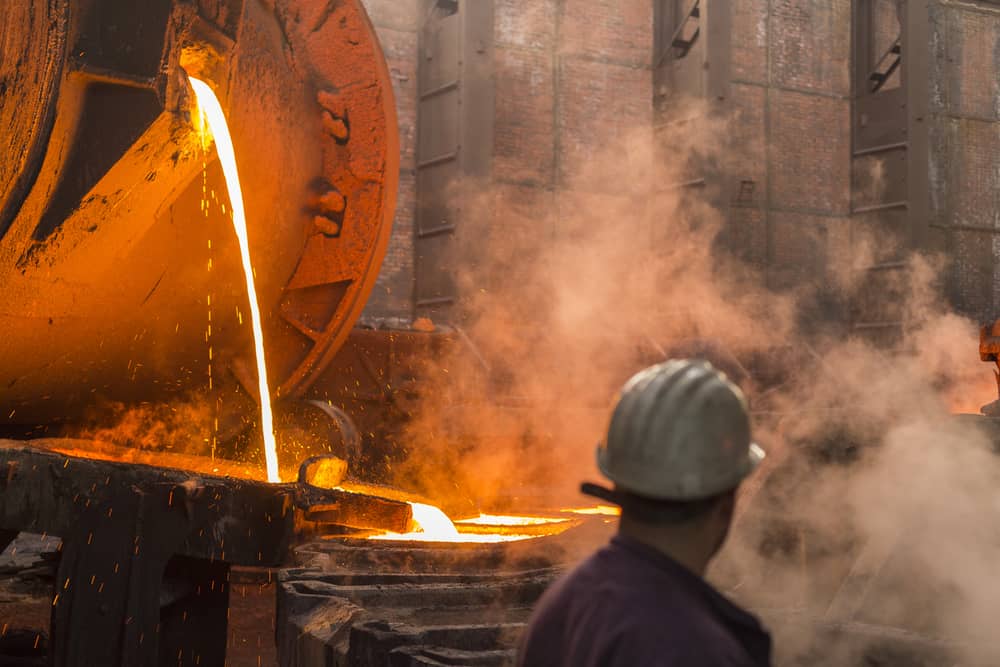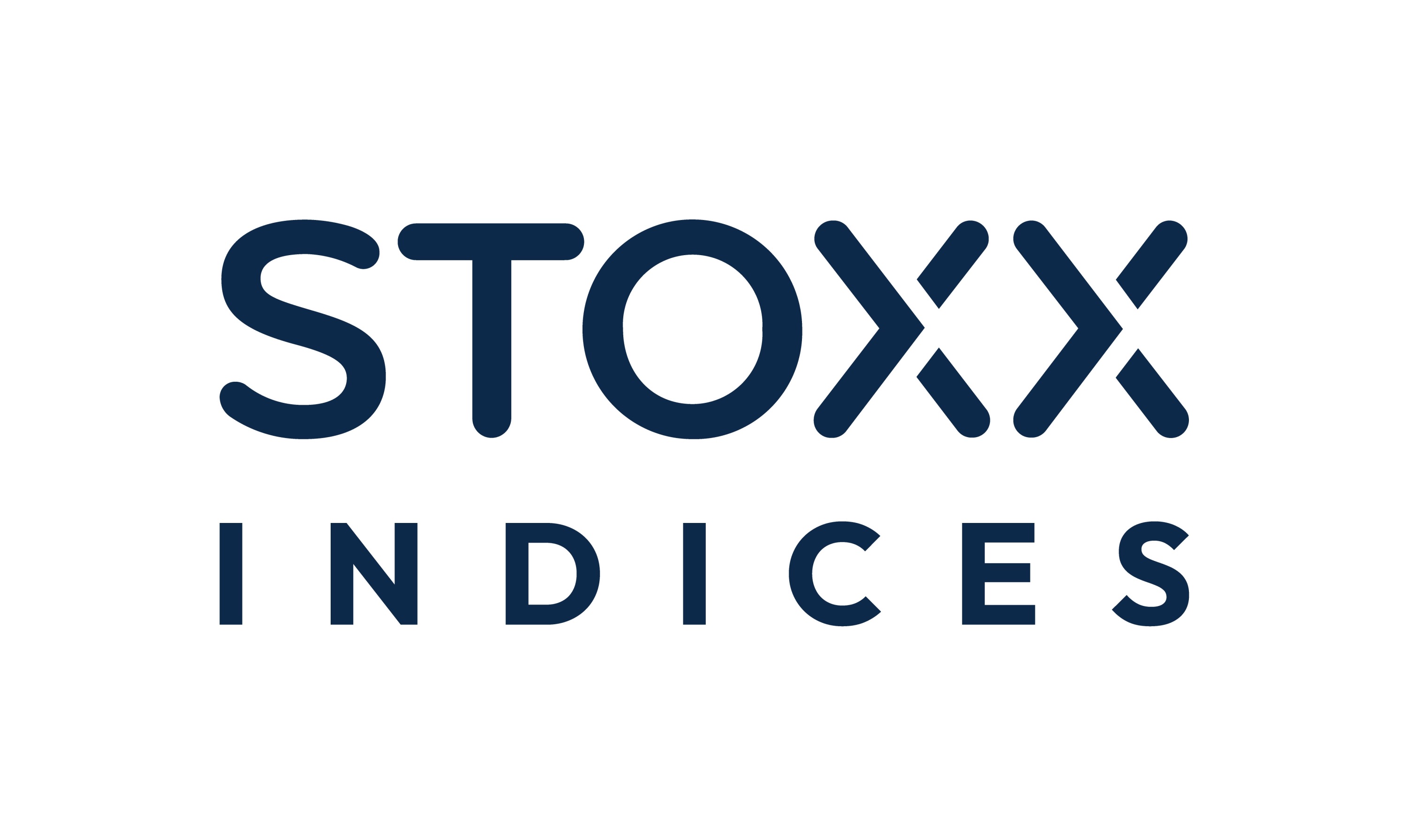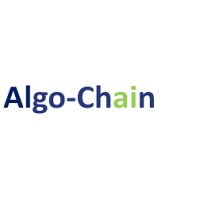BlackRock recently bet big on metal miners as future beneficiaries of the clean energy transition with a triple ETF launch. While investors agree in theory, they are not yet ready to allocate to the new products.
The world’s largest asset manager said critical minerals represent a structural investment opportunity, with the growth of renewable power, electric vehicles and battery storage technologies set to double collective demand for copper, rare earth elements, aluminium, lithium and cobalt by 2040.
However, Evy Hambro, global head of thematic and sector investing at BlackRock, recently warned the energy transition will be stymied without sufficient funding flowing into the mineral extraction sector.
“If people do not give this sector a chance, then the energy transition is going to be impeded by the scarcity of materials to build everything required,” he said. “This energy transition is starting to expose some weaknesses in that kind of complacent attitude.”
Hambro’s comments coincide with a spree of ETF launches by BlackRock targeting different parts of the transition metal mining universe.
In June, ETF Stream revealed the launch of the $6m iShares Copper Miners UCITS ETF (COPM), tracking the STOXX Global Miners index of 34 companies with significant exposure to the copper mining industry.
The index selects companies according to their copper mining market share to ensure companies with high revenues from the industry are represented. If fewer than 50 eligible companies are identified, ones with revenue exposure between 25-50% are included.
Constituents must have a free-float market cap greater than $100m and three-month average daily trading volume (ADTV) of at least $1m. Each constituent has a maximum weight of 8%.
In October, the world’s largest asset manager debuted the $5m iShares Essential Metals UCITS ETF (METL), capturing the S&P Global Essential Metals Producers index of 85 companies deriving at least 25% of their revenue from mining or manufacturing alumina, aluminium, bauxite, cobalt, copper, lithium, manganese, molybdenum, nickel, palladium, platinum, silver, rare earth elements and zinc.
Companies are screened based on Sustainalytics’ Global Standards Screening and must have a free-float market cap of at least $100m, a six-month median daily trading volume of at least $3m to be eligible for inclusion.
Finally, ETF Stream revealed the launch of the $5m iShares Lithium & Battery Producers UCITS ETF (LITM) later the same month, which tracks the STOXX Global Lithium and Battery Producers index of 65 companies with involvement in lithium mining and battery manufacturing.
Companies are selected for the index based on whether they have at least 25% revenue exposure to the target sectors and whether they fall within the top 50% in terms of market share within each respective industry.
Mixed heavy duty and high-end battery makers are also selected if they have either 50% exposure to the sector, or if they either rank within the top 30% of companies in terms of volume of high-quality patents, or if they have patent specialisation in the sector exceeding 25%.
Companies with a free-float market cap below $100m, three-month ADTV below $1m and those non-compliant with Sustainalytics’ Global Standards Screening are ineligible for inclusion.
Fund selectors intrigued but not swayed
Reacting, Aaron Bright, assistant portfolio manager at IG, said his team would be unlikely to allocate to the new range despite “some excellent qualities”.
“While we like these ETFs and appreciate their qualities, due to their thematic nature, it is unlikely we will ever add these to the Smart Portfolios.
“However, there are some excellent qualities and niche exposures in them which I appreciate and will be very relevant to investors keen to access the decarbonisation megatrend.”
Looking at the products in isolation, Bright said COPM has the potential to “be like buying spades in a gold rush”, with demand for copper expected to double by 2050.
He added METL provides a “precise and honed exposure” to the decarbonisation megatrend while providing a “degree of diversification” across a range of equities engaged across transition metals.
Finally, on LITM, he praised the ETF’s broad exposure “across a range of geographies” while targeting a metal set to benefit from “structural demand” owing to the shift to electric vehicles.
Of a similar mind, Allan Lane, co-founder and co-CEO of Algo-Chain, said the launches signal another evolution in ETFs offering targeted exposure to the commodities sector.
“The trio of recent products launched by BlackRock indicates they hold much store by the notion that many investors are re-wiring their allocations to more sustainable propositions,” Lane said.
“Personally, I do share Blackrock’s vision with these launches, but as an ETF selector, it is not enough of an idea to invest in funds that sound like they should do well and back a good cause.”
Reflecting on index performance data, Lane concluded by identifying which metals basket had enjoyed the most resilient recent form.
“Based on the data so far, it does appear that getting exposure to copper miners is proving more ‘essential’ than getting exposure to essential metals and lithium and battery producers.”







